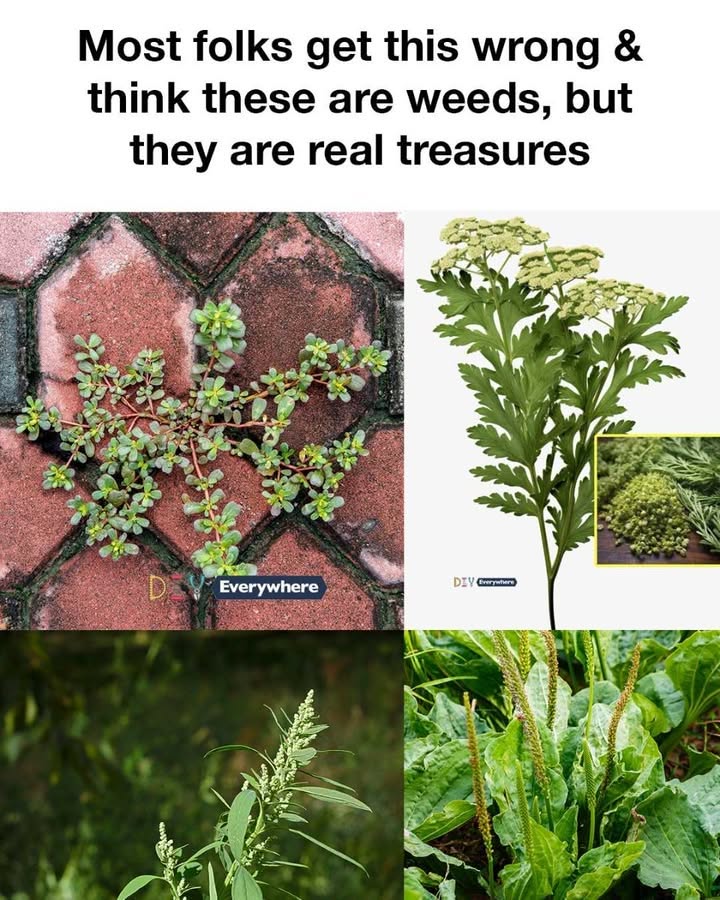The Importance of Recognizing Medicinal Plants
Recognizing medicinal plants is crucial for several reasons. Firstly, it allows individuals to utilize natural remedies for health and wellness, reducing reliance on synthetic drugs. Secondly, it fosters a deeper connection with nature and encourages sustainable practices. Lastly, understanding these plants can lead to the preservation of biodiversity, as many medicinal plants are at risk of being lost due to urbanization and agricultural expansion.
Top 10 Plants Mistaken as Weeds with Medicinal Benefits
There are numerous plants commonly mistaken as weeds that possess significant medicinal properties. Here, we explore ten such plants that can be found in many backyards and wild areas, each offering unique health benefits.
1. Purslane: A Nutrient-Rich Powerhouse
Purslane (Portulaca oleracea) is often dismissed as a weed, but it is actually a nutritional powerhouse. Rich in omega-3 fatty acids, vitamins A, C, and E, and minerals like magnesium and potassium, purslane is an excellent addition to salads and smoothies. It also has antioxidant properties that can help reduce inflammation and support heart health.
2. Yarrow: The Ancient Healer
Yarrow (Achillea millefolium) has been used for centuries in traditional medicine for its healing properties. It is known for its ability to stop bleeding, reduce fever, and relieve digestive issues. Yarrow can be used as a tea or applied topically to wounds, making it a versatile remedy for various ailments.
3. Daffodils: More Than Just a Pretty Flower
While daffodils (Narcissus spp.) are primarily known for their beauty, they also have medicinal uses. The bulbs contain compounds that have been studied for their potential in treating Alzheimer’s disease. However, caution is advised as they can be toxic if ingested in large quantities.
4. Plantago Major: The Versatile Remedy
Commonly known as plantain, Plantago major is a highly versatile medicinal plant. It is effective in treating skin conditions, respiratory issues, and digestive disorders. The leaves can be used to make poultices for wounds or brewed into a tea for internal use.
see next page
ADVERTISEMENT

